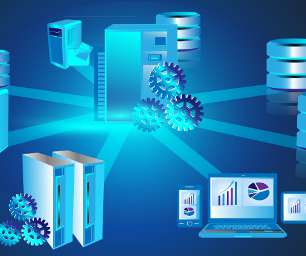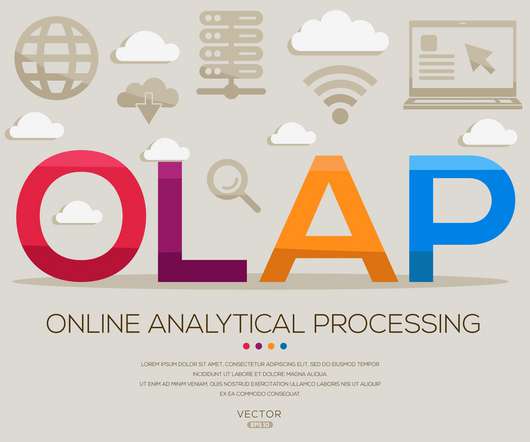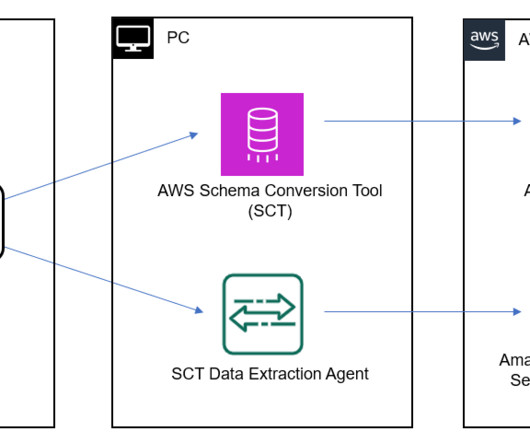Comparison between Online Processing Systems: OLTP Vs OLAP
Analytics Vidhya
JULY 1, 2022
This article was published as a part of the Data Science Blogathon. Introduction In the field of Data Science main types of online processing systems are Online Transaction Processing (OLTP) and Online Analytical Processing (OLAP), which are used in most companies for transaction-oriented applications and analytical work.





















Let's personalize your content